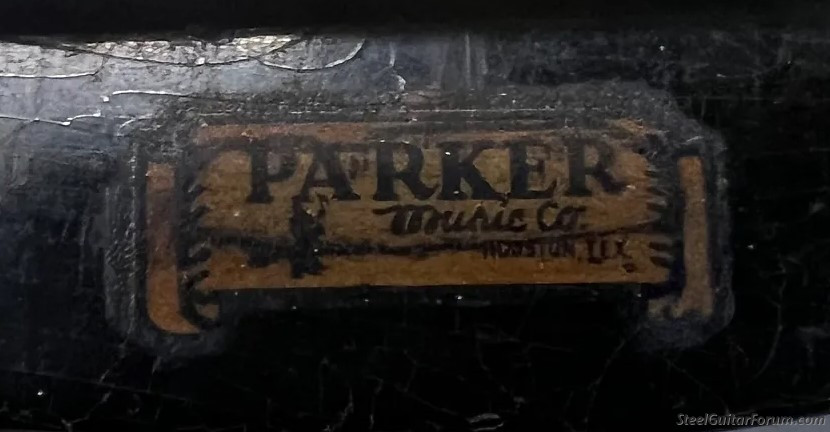Donny Hinson wrote:
Jack, what makes you say that?
Mere supposition, Donny. These days, jumping to conclusions seems to be one of my main forms of excercise.
The Gibson company had develped educational programs for both Hawaiian and Spanish guitar in the late 1930s that were well-received by their dealers. They would offer lessons, a series of printed tutorials, and an entry-level instrument -- ala the first black-painted BR-6s -- as a marketing device. The idea was that once a student gained a level of proficiency on their student model instrument, they would be more inclined to trade up to a more professional model, like a Century or an Ultratone. The program increased both dealers' sales, and the factory's production.
I once had an early 1950s BR-9 (which superceded the BR-6 as Gibson's entry-level lap steel) with a similar decal from a Kansas City music store on the back of its headstock. The woman I bought it from told me it was her late husband's guitar, who participated in the program. They met whilst she was taking accordion lessons at the store.

